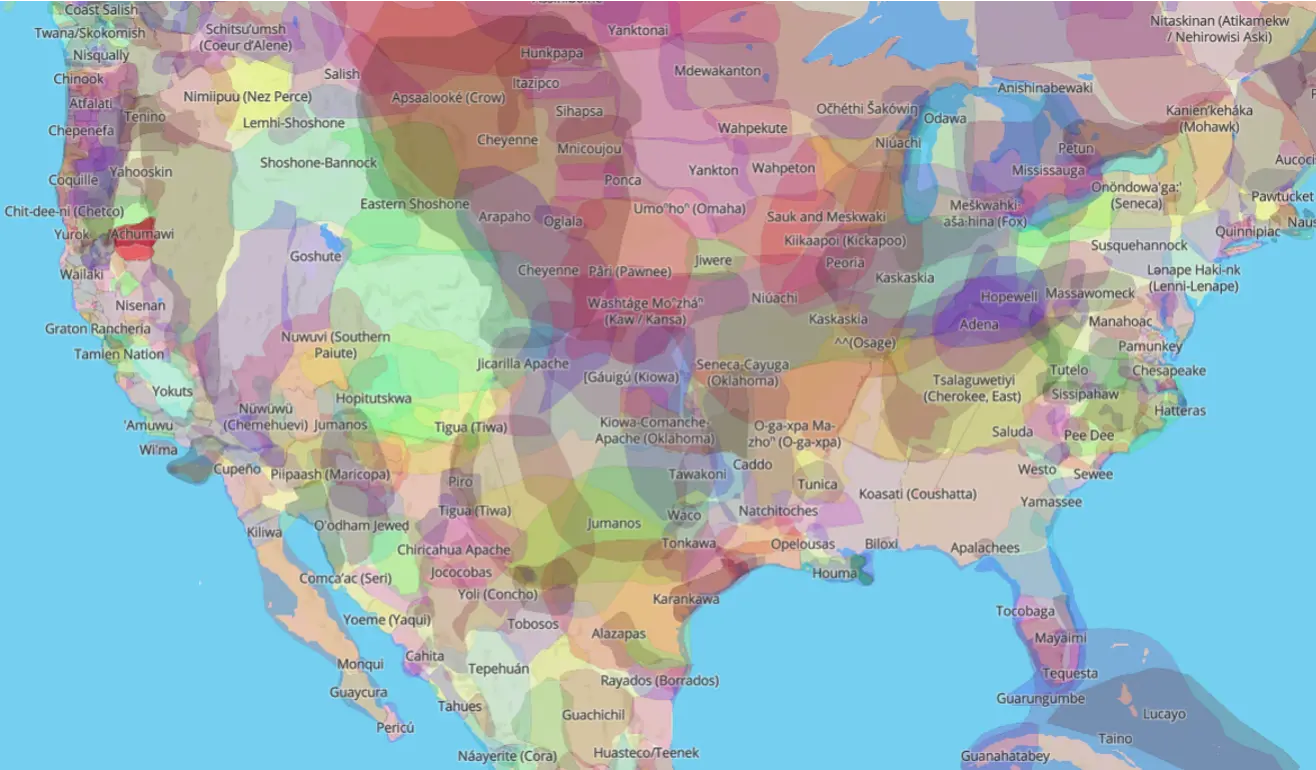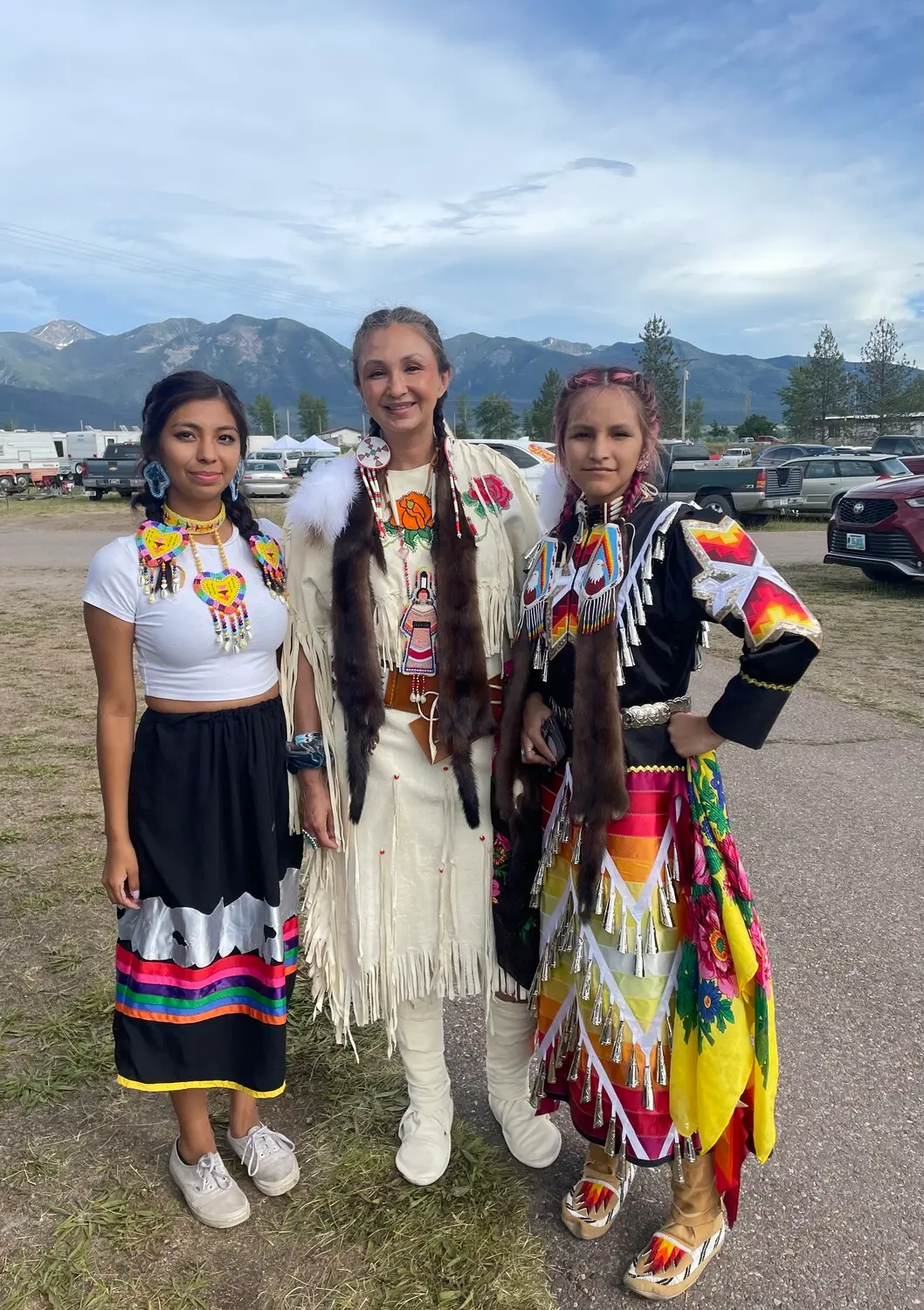Community
Understanding our Past Is Key to Building the Future We Want
Nov 17, 2022
As our country transitions to cleaner sources of energy and income on native lands and across the U.S. (which – technically – is all Native land), we need to ensure benefits of renewable projects uplift the native communities they’re sited in.
And the first step – before even choosing a project location – is understanding tribal history. Unfortunately, our history has not been adequately taught in our schools or workplaces, and I wanted to share with colleagues and stakeholders in renewables some important tribal history, as our industry continues to work with tribal nations and change the future of energy.
As a proud member of the Confederated Salish Kootenai Tribe of Montana and with a Navajo father, this is part of the work I do at Avantus, a leader in the clean energy transition. I oversee community and tribal relations to ensure responsible, productive partnership with tribal nations and successful implementation of our renewable energy projects with communities.
Learning about Native History
I wanted to provide some definitions of historic policies that have affected tribal nations’ land ownership. This context is key to understanding how tribal nations operate today.
- Doctrine of Discovery: This European decree meant when foreigners “discovered” North America, their claims to land superseded Native communities’ own rightful claim. This outdated, discriminatory doctrine influenced and shaped years and years of U.S.-tribal relations.
- The Marshall Trilogy: Named after Supreme Court Justice John Marshall, these three cases established the framework for federal Native American law. Tribes were denied full sovereignty and were deemed a “domestic dependent nation” – as if the U.S. were a legal guardian of tribal nations. Marshall based these decisions on Doctrine of Discovery and determined the federal government controls the land, while Native Americans have a “right of occupancy.”
- Self-determination and Sovereignty: In general, this refers to the process where a group of people form their own state and can choose their own government. In the context of tribal history, it also refers to the social movement in the late 1900s (which is still ongoing) where Native Americans are seeking to restore our communities, self-government, culture and – importantly – our land.
Before these policies took place, tribal nations in the United States looked like this.

After oppressive policies and attempts to eradicate Native cultures, the map of tribal communities currently look like below.

I urge you to see what Native land you are on today and continue to educate yourself about tribal history. Please check out the interactive Native Land Digital Map.
Improving our collective energy future
Rightfully, many tribal nations can be skeptical of energy projects and outside industries because of many broken promises made in the past. As we combat climate change, the clean energy industry cannot repeat this.
Successful renewable energy projects start with energy developers working collaboratively with tribal partners through every step of planning and development, and that way, these developers create immense, mutually-beneficial value for tribal partners, landowners, utilities, energy users, and the planet.
As my colleague Jason Moretz, VP of Development at Avantus in his LinkedIn article said, “When Indigenous peoples have a seat at the table to determine the highest use of their land – it is both for the betterment of their communities and the environment.”
At Avantus, we ensure there is buy-in from the start by making community engagement our priority. We work hand-in-hand with local leaders, create systems to provide feedback and facilitate transparency, and encourage honest dialogue through open houses, townhalls, surveys, and more.
As a member of the Native community and simply as a human, I genuinely care about securing benefits for tribal communities. This is a core tenet in my everyday work at Avantus, where we work with the tribal communities to identify how our utility-scale projects can help meet their needs, and I am proud to work on these projects that not only fight climate change but also empower native communities.

I have already seen how climate change is affecting tribal nations across the country: in Montana, resources like the usually-abundant huckleberries are becoming increasingly difficult to find, and in the Southwest, extreme droughts are affecting every facet of life.
Climate change will inevitably disproportionately affect the most vulnerable. To prevent this and ensure an inclusive, just transition, we must meaningfully engage tribal nations throughout the decision-making process that affects their own communities.
Every industry – not just clean energy – must deepen its understanding and appreciation of Native Nations, and the first step of righting the wrongs of history is acknowledging and thoroughly understanding our collective past.
Sources:
- “A Short History of Indian Law in the Supreme Court.” (2018). Americanbar.org. Link.
- Capatosto, Victoria. “A Brief History of Civil Rights in the United States.” Library.law.howard.edu, Link
- “Marshall Trilogy | Tribal Governance.” Uaf.edu, Link
- U.S. Domestic Sovereign Nations: Land Areas of Federally-Recognized Tribes biamaps.doi.gov, Link
- Native Land Digital, native-land.ca, Link

